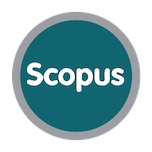Voices for the Transformation of Colombia”: An Unfinished Cur(at)ing of Memories about the Armed Conflict
DOI:
https://doi.org/10.22380/2539472X.854Keywords:
exhibition, symbolic reparation, curatorship, museum anthropologyAbstract
In order to contribute to the understanding of museums as spaces for symbolic reparation and nonrepetition, in this article I analyze the intentionally unfinished curatorship used in the itinerant exhibition “Voices for the transformation of Colombia”, which exhibited the script for the future Museum for Historical Memory of Colombia. Making use of the conjunction of ethnography and curatorship as a form of research, I draw on my role as curator, ethnographer, visitor and mediator of the exhibition to account for aspects such as antecedents, contents, team involved, and some reactions of its audiences. I also point out possibilities and limits of considering audiences as co-narrators of this type or unfinished curatorship, and how they complete it with narrations, meetings, and interactions in the exhibition.
Downloads
References
Bal, Mieke. 2007. “Exhibition as Film”. En Basu y Macdonald 2007a, 7193.
Basu, Paul y Sharon Macdonald, eds. 2007a. Exhibition Experiments. Oxford: Blackwell.
—. 2007b. “Introduction: Experiments in Exhibition, Ethnography, Art and Science”. En Basu y Macdonald, 2007a, 124.
Bernier, Helene y Mathieu Viau-Courville. 2016. “Curating Action: Rethinking Ethnographic Collections and the Role/Place of Performing Arts in the Museum”. Museum and Society 14 (2): 237252. https://doi.org/10.1002/9780470696118
Bhaskar, Michael. 2016. Curation: The Power of Selection in a World of Excess. Londres: Piatkus.
Bouquet, Mary. 2012. Museums: A Visual Anthropology. Londres; Nueva York: Berg.
CNMH (Centro Nacional de Memoria Histórica). 2017. Museo Nacional de la Memoria: un lugar para el encuentro. Lineamientos conceptuales y guion museológico. Bogotá: CNMH. Consultado el 26 de marzo de 2019. http://museodememoria.gov.co/wpcontent/uploads/2018/04/MNMLineamientos.pdf
—. 2018a. “El legado del Centro Nacional de Memoria Histórica (CNMH): balance de los logros, avances y lecciones aprendidas en la ejecución de la labor misional (20122018)”. Documento de rendición de cuentas a la ciudadanía. CNMH: Bogotá. Consultado el 26 de marzo del 2019. http://www.centrodememoriahistorica.gov.co/noticias/noticiascmh/download/616_b1077a13190901078040e21ea78d7e76
—. 2018b. “Voces para transformar a Colombia”. Guiones eje Cuerpo. Inédito.
Fundación Casa de las Estrategias. 2018. “Encuestas de la exposición del CNMH en Fiesta del Libro. Med Entregable III. Resultados encuestas Med y Bog”. Usaid Colombia, MSI, Centro Nacional de Memoria Histórica. Inédito.
González-Ayala, Sofía N. 2016. “Black, AfroColombian, Raizal and Palenquero Communities at the National Museum of Colombia: A Ref lexive Ethnography of (In)visibility, Documentation and Participatory Collaboration”. Tesis de Doctorado en Social Anthropology with Visual Media, Department of Social Anthropology, Faculty of Humanities, School of Social Sciences, The University of Manchester. https://oatd.org/oatd/record?record=oai%5C%3Aescholar.manchester.ac.uk%5C%3Aukacmanscw301181
Handler, Richard y Eric Gable. 19 97. The New History in an Old Museum: Creating the Past at Colonial Williamsburg. Durham: Duke University Press.
Herle, Anita. 2013. “Exhibitions as Research. Displaying the Technologies that Make Bodies Visible”. Museum Worlds: Advances in Research 1: 113135. https://doi.org/10.3167/armw.2013.010108
—. 2016. “Anthropology Museums and Museum Anthropology”. The Cambridge Encyclopedia of Anthropology. Consultado el 28 de agosto del 2019. http://www.anthroencyclopedia.com/entry/anthropologymuseumsandmuseumanthropology
ICJ (International Commission of Jurists). 2018. The Right to a Remedy and Reparation for Gross Human Rights Violations. A Practitioners’ Guide Revised Edition. Ginebra: International Commission of Jurists. Consultado el 28 de agosto del 2019. https://www.icj.org/wpcontent/uploads/2018/11/UniversalRighttoaRemedyPublicationsReportsPractitionersGuides2018ENG.pdf
Katriel, Tamar. 19 97. Performing the Past: A Study of Israeli Settlement Museums. Londres; Nueva York: Routledge.
Levine, Steven D. 1992. “Audience, Ownership and Authority: Designing Relations between Museums and Communities”. En Museums and Communities: The Politics of Public Culture, editado por Ivan Karp, Christine Mullen Kreamer y Steven D. Levine, 137157. Washington: Smithsonian Institution Press.
Macdonald, Sharon. 2002. Behind the Scenes at the Science Museum. Oxford: Berg.
—. 2006. “Expanding Museum Studies: An Introduction”. En Companion to Museum Studies, editado por Sharon Macdonald, 112. Oxford: Blackwell.
Macdonald, Sharon, Christine Gerbich y Margareta von Oswald. 2018. “No Museum is an Island: Ethnography beyond Methodological Containerism”. Museum and Society 16 (2): 138156. https://doi.org/10.29311/mas.v16i2.2788
Monroy, Silvia. 2018. “Segundo informe analítico del componente etnográfico a partir de hallazgos en la exposición ‘Voces para transformar a Colombia’ en la Fiesta del Libro y la Cultura de Medellín 2018. Proyecto ‘La experiencia del visitante: aportes desde los diálogos sociales y la etnografía al plan museológico del Museo Nacional de la Memoria Histórica’”. Centro Nacional de Memoria Histórica (CNMH), Dirección de Construcción de Memoria Histórica (DCMH). Inédito.
Monroy, Silvia y Delvi Gómez. 2018. “Primer informe analítico del componente etnográfico a partir de hallazgos en la exposición ‘Voces para transformar a Colombia’ en la Feria Internacional del Libro de Bogotá 2018. Proyecto ‘La experiencia del visitante: aportes desde los diálogos sociales y la etnografía al plan museológico del Museo Nacional de la Memoria Histórica’”. Centro Nacional de Memoria Histórica (CNMH), Dirección de Construcción de Memoria Histórica (DCMH). Inédito.
Mosse, David. 2006. “AntiSocial Anthropology? Objectivity, Objection, and the Ethnography of Public Policy and Professional Communities. (Malinowski Memorial Lecture, 2005)”. Journal of the Royal Anthropological Institute (N.S.) 12: 935956. https://doi.org/10.1111/j.14679655.2006.00371.x
OHCHR (Office of the United Nations High Commissioner for Human Rights). 2008. Rule-of-Law Tools for Post-Conflict States. Reparations Programmes. Nueva York: United Nations.
Phillips, Ruth B. 2003. “Community Collaboration in Exhibitions: Introduction”. En Museums and Source Communities, editado por Laura Peers y Alison K. Brown, 155170. Londres; Nueva York: Routledge.
Restrepo, Juan Darío, Cristina Lleras, Ana María Cortés y Juan Felipe Rodríguez. 2009. Curaduría en un museo. Nociones básicas. Bogotá: Ministerio de Cultura; Museo Nacional de Colombia; Programa Red Nacional de Museos; La Silueta.
Sierra, Yolanda. 2015. “Reparación simbólica, litigio estético y litigio artístico: reflexiones en torno al arte, la cultura y la justicia restaurativa en Colombia”. En Serie Documentos de Trabajo n.º 85, editado por Paola Andrea Acosta, 123. Bogotá: Universidad Externado de Colombia. https://icrp.uexternado.edu.co/wpcontent/uploads/sites/4/2017/10/DOCDETRABAJO85.pdf
SRRP (Symbolic Reparations Research Project). 2017. “Guidelines on the Use of Art in Symbolic Reparations”. Consultado el 12 de septiembre del 2019. https://symbolicreparations.org/projectspublications/588/
Strathern, Marilyn. 1987. “The Limits of AutoAnthropology”. En Anthropology at Home, editado por Anthony Jackson, 5967. Londres: Tavistock.
Thomas, Nicholas. 2010. “The Museum as Method”. Museum Anthropology 33 (1): 610. https://doi.org/10.1111/j.1548-1379.2010.01070.x
Downloads
Published
How to Cite
Issue
Section
License
Copyright (c) 2019 Revista Colombiana de Antropología

This work is licensed under a Creative Commons Attribution-NonCommercial-NoDerivatives 4.0 International License.




















